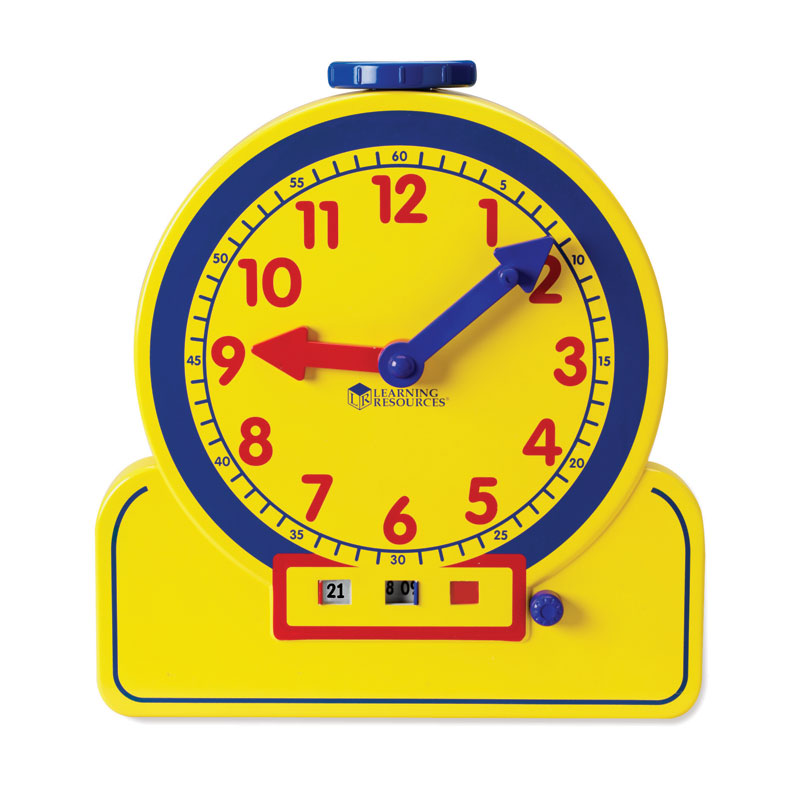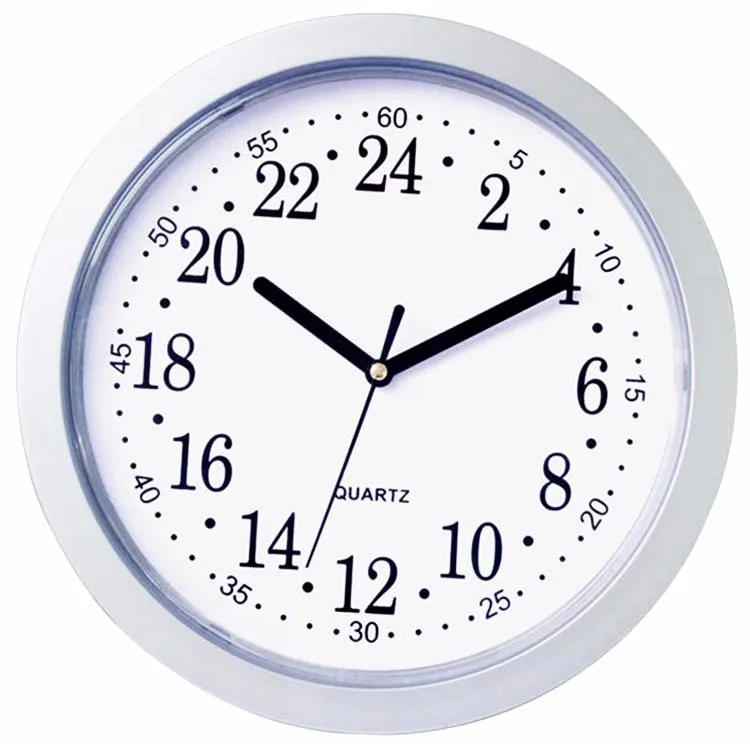
The 24 hour time system is used throughout the world whenever people want to specify the time precisely and unambiguously.
#24 hour digital clock iso
For example, you can use a numerical version of the ISO date and time (eg 20050621 10:27:46) as a timestamp for databases and spreadsheets, making searching and sorting easy and predictable. This format is useful for computer users: lists of dates and times are easy to sort into order of occurrence. Time zones can also be added, but there is no provision for using the 12 hour clock. Where hh is the number of hours since midnight (0-24), and the seconds are optional. The International Standard for time and date notation (ISO 8601) specifies that numeric dates should be represented in the format: yyyy-mm-ddĮg, and that times should be represented as hh:mm:ss

It’s also confusing that “12 AM” appears to mean 12 hours before noon (“ante meridiem”) but “1 AM” means 1 hour after starting counting from midnight, before noon. The period of time between 11 AM and 12 AM is either 11 or 13 hours, but not 1, which you might expect. People find this confusing because 12 AM is before 1 AM yet after 11 PM – the sequence 11 PM – 12 AM – 1 AM confuses because the suffix changes an hour before the value switches back to 1. In the 12 hour time system, midnight is usually written as 12 AM, and midday (noon) as 12 PM. I think this is because it emphasizes the type of clock you’re looking at. Most 24 hour analog clocks have settled on showing 0 or 00 to start the day. This sign in Switzerland gives the general idea:įor practical reasons, though, clocks can’t show both 00:00 and 24:00. In the 24 hour time system, the times are written as 00:00 and 24:00. MidnightĪ 24 hour day can have two midnights: one at the start of the day, and the other at the very end. More recent models usually use the 24 hour time system. Many older 24 hour analog clocks and watches shown on this site don’t use the 24 hour system, preferring the double-XII system, which consists of two sets of 1 to 12, usually in Roman numerals, one for the night/morning, one for the afternoon/evening). You don’t need to say AM and PM if you use the 24 hour time system. The Latin tags Ante Meridiem (before the middle of the day) and Post Meridiem (after), abbreviated to AM and PM, are required to indicate the difference between, say, 1:34 in the morning (01:34) and 1:34 in the afternoon (13:34). Thomson and Thompson, the detectives in Hergé’s Destination Moon, made the classic mistake of using the 12 hour system and then forgetting the important difference between an AM time and a PM time. By the way, it’s only in the US (where 5% of the world’s population live) that the 24 hour time system is called military time. The 24 hour clock has also been called railway time (in Europe), continental time (in England), and military or (a long time ago) railroad time (in the US).

Here’s a short video I created which compares a 12 hour clock showing the 12 hour time system with a 24 hour clock showing the 24 hour time system. To convert a 24 hour time to 12 hour time, subtract 12 if it’s 13 or more, then add the right suffix (AM if the original value was less than 13, or PM if 13 or more). To convert to 24 hour time, add 12 to a PM time. To convert between the 24 and 12 hour time systems, use this diagram: Digital clocks don’t appear much on this site, since we’re interested in the analog dials, and there’s little of interest to say about digital clocks anyway ( Douglas Adams summed it up nicely).

If they can’t manage the 24 hour time system, they’ll need some kind of AM/PM indication. The 24 hour time system is also widely available as an option for digital clocks or watches. The first 12 hours of the day are numbered from 1 to 12, but 1 in the afternoon is numbered 13, 2 is numbered 14, and so on, until 11 at night, which is numbered 23. Modern 24 hour analog clocks and watches, and many digital clocks and watches, use the 24 hour time system, in which the 24 hours of the day are numbered from 1 to 24, or 0 through 23.

If you’re looking for general information about the 24 hour time system, here’s a quick summary. This site is about analog 24 hour watches and clocks, where the dial shows all 24 hours, like my Swatch watch:


 0 kommentar(er)
0 kommentar(er)
